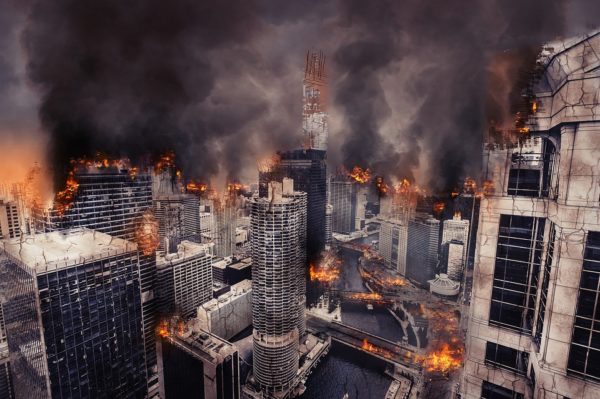
The scene opens on a sparse, gray landscape, a gnarled tree in the foreground, bits of ash slowly drifting down from the sky. On the horizon, a few huddled figures stumble forward and into a bleak future. If this sounds familiar, it’s because it’s a common visual trope in many post-apocalyptic films. Usually, these films tell the story of a catastrophe — an asteroid strike perhaps, or a nuclear war — that causes humanity’s demise, and then follows the challenges that the remaining humans face as they try to save their species from extinction.
Such films grip the public imagination. But what if human extinction was less a cinematic scenario, and instead, a looming reality? That might seem like a sensational question, but in fact, dozens of researchers around the world spend their days grappling with this very possibility, and how we might avoid it.
Their task isn’t easy. There are multiple theories around what might ultimately cause human extinction — everything from alien invasions to catastrophic asteroid strikes. But among those investigating this question, there’s a general consensus that some risks to human life are more plausible than others. In the field, researchers have a name for these: They call them “existential risks.” What follows here is just a sampling — a few of the risks that researchers have at the top of their minds.


